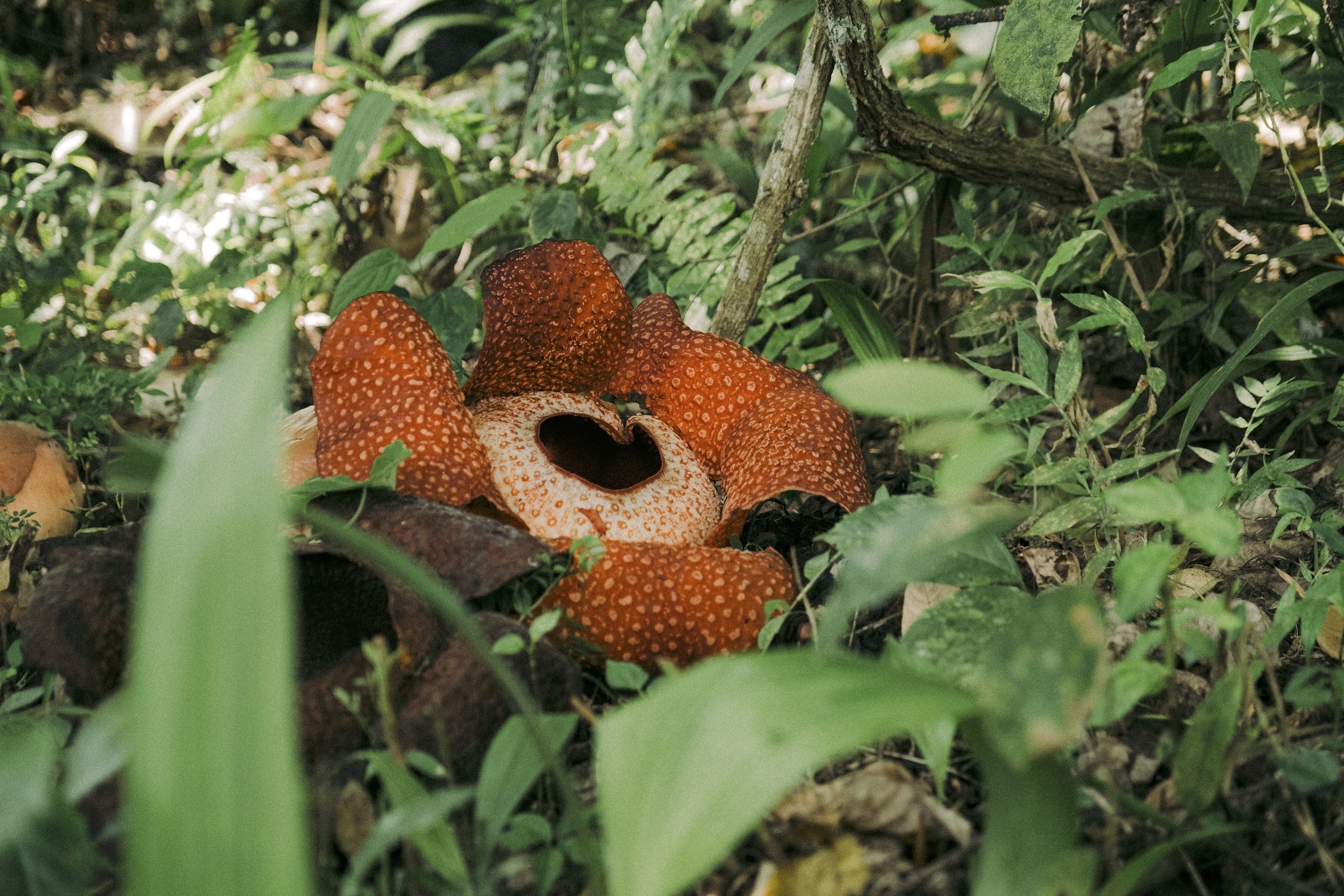Unlocking the Mysteries of the Rafflesia: The World's Largest Flowering Plant
The Rafflesia is a mysterious and fascinating plant that holds the title of the world's largest flowering plant. With flowers that can measure up to three feet in diameter and weigh up to 15 pounds, this unique plant has captured the attention of scientists and nature enthusiasts alike. In this article, we will delve into the scientific aspects of the Rafflesia and explore what makes this plant so unique.
Taxonomy and Distribution
The Rafflesia belongs to a genus of parasitic flowering plants that are native to the tropical rainforests of Southeast Asia. It is named after Sir Stamford Raffles, a British statesman who discovered the plant in the Indonesian island of Sumatra in 1818. The plant is classified under the family Rafflesiaceae, which consists of around 28 species of parasitic plants that lack chlorophyll and obtain their nutrients from host plants.
Life Cycle and Reproduction
The Rafflesia has a unique life cycle and reproductive system. The plant spends most of its life as a tiny thread-like structure called a mycelium, which lives inside the roots of its host plant. It can remain in this state for years before it develops into a visible flowering structure. Once the flower is ready to bloom, it produces a strong odor that attracts pollinators, mainly flies, which aid in its reproduction.
Morphology and Anatomy
The Rafflesia is known for its massive flower, which is actually a modified stem that lacks leaves, stems, and roots. It consists of five large petals that are fused together, forming a cup-shaped structure that encloses the plant's reproductive organs. The flower is reddish-brown in color, and it emits a foul odor that resembles rotting meat, which attracts its pollinators.
Conservation Status
The Rafflesia is considered a vulnerable species due to its limited distribution and loss of habitat. The plant is threatened by deforestation, habitat destruction, and illegal harvesting for its medicinal properties. Efforts are being made to conserve and protect the Rafflesia and its habitat, and it is listed under the Convention on International Trade in Endangered Species of Wild Fauna and Flora (CITES).
Conclusion
The Rafflesia is a unique and fascinating plant that continues to captivate scientists and nature enthusiasts alike. Its massive flower, life cycle, and reproductive system make it a subject of scientific interest, and its conservation status highlights the importance of protecting our planet's biodiversity. As we continue to unlock the mysteries of the Rafflesia, we gain a deeper understanding of the natural world and the delicate balance of ecosystems that make it thrive.

